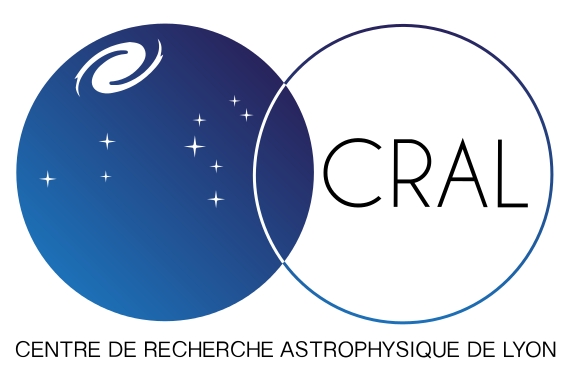Special Session SS22
25 June 2019
Stellar multiplicity in the Gaia era: where do we stand?
News:
Electronic proceedings of this session will be published by MemSAIt.
The contributed speakers must provide the proceedings before July, the 26th.
Aims and scope
 Observations show that multiple stellar systems are ubiquitous in stellar populations and across the HR diagram, from pre-main sequence to white dwarfs, neutron stars and black holes.
Those objects are therefore unavoidable for anyone interested in stellar physics. Studying multiple stars is not only fundamental to decipher their formation and evolution, producing an incredibly complex zoo of stellar families, but it is also a gate to understand the physics of single stars, in particular the stellar structure and nucleosynthesis.
Observations show that multiple stellar systems are ubiquitous in stellar populations and across the HR diagram, from pre-main sequence to white dwarfs, neutron stars and black holes.
Those objects are therefore unavoidable for anyone interested in stellar physics. Studying multiple stars is not only fundamental to decipher their formation and evolution, producing an incredibly complex zoo of stellar families, but it is also a gate to understand the physics of single stars, in particular the stellar structure and nucleosynthesis.
The next Gaia data release will provide an unprecedented set of stellar binaries. By the nominal end of the mission, up to 50 million of binaries (astrometric, spectroscopic and eclipsing) are expected. Numerous physical quantities will be derived for these systems, among which masses, radii, periods and eccentricities. On the other hand, over the last fifteen years other large (spectroscopic and asteroseismic) surveys have been running or are still on-going. Although these surveys were not necessarily designed for the hunt of stellar binaries, they have already provided us with a fast increase in the list of known binaries. Also, the last data release of Gaia already hinted at unprecedented numbers of so-far unknown binaries by noting that their luminosities are higher than expected for single stars of the same type. Moreover, a large number of wide binaries will be discovered thanks to their proper motions and parallaxes.
This session aims at addressing the following topics: What are the fractions of binaries and higher-order multiplicities in different stellar environments? What are the distributions of periods and mass ratios and how do they depend on spectral types, metallicy and birth environment? What can we learn from this about the formation and evolution of double and multiple systems?
Programme
- Census and statistical properties of multiple systems observed in large surveys
- Formation of multiple stars
- Evolution of multiple stars
Invited speakers
- Dimitri Pourbaix (ULB, Belgium): Binaries in Gaia perspective
- Maxwell Moe (University of Arizona, USA): Multiplicity statistics and properties across the HR diagram
- Gregor Traven (Lund University, Sweden): Machine learning techniques meet binaries
- Cathie Clarke (Cambridge, UK): Potential Gaia insights into binary star formation theory
- Alain Jorissen (ULB, Belgium): Impact of binaries on stellar evolution
Scientific organisers
Thibault Merle (Université Libre de Bruxelles, Belgium, co-chair)
Mathieu Van der Swaelmen (Arcetri, Italy, co-chair)
Sophie Van Eck (Université Libre de Bruxelles, Belgium)
Tomaz Zwitter (University of Ljubljana, Slovenia)
Silvia Toonen (University of Amsterdam, The Netherlands)
Onno Pols (Radboud Universiteit Nijmegen, The Netherlands)
Jean-Louis Halbwachs (Observatoire de Strasbourg, France)
Contact
Thibault Merle: thibault.merle @ ulb.ac.be,
Mathieu Van der Swaelmen: mathieu @ arcetri.astro.it
Updated on Sat Jul 06 06:17:18 CEST 2019
|

 A power cut will shut down all EAS services on Tuesday, 10 January 2017 starting at 7:30 CET.
A power cut will shut down all EAS services on Tuesday, 10 January 2017 starting at 7:30 CET.





